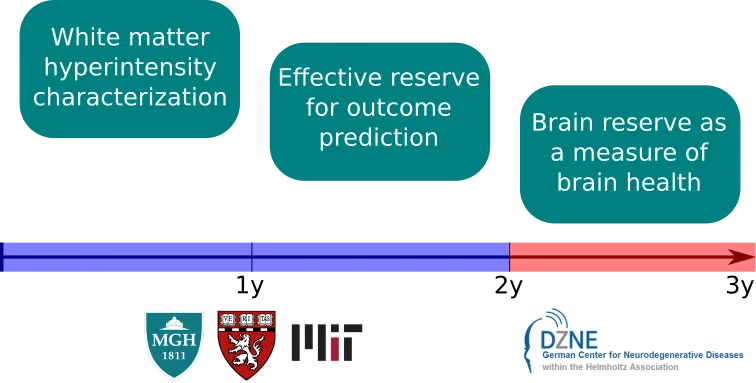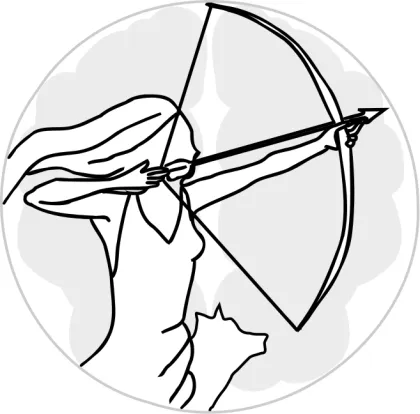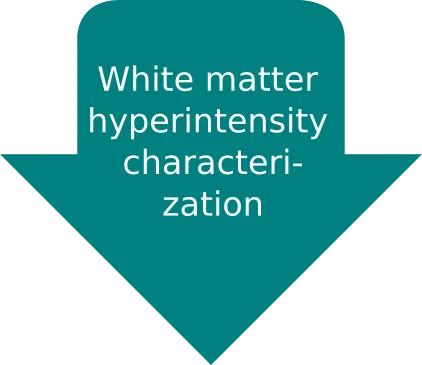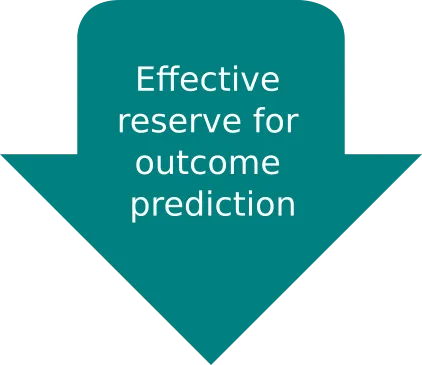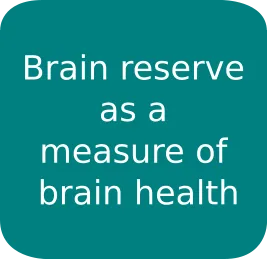ARTEMIS
Assessment of Reserve: Translational Evaluation of Medical Images and Statistics
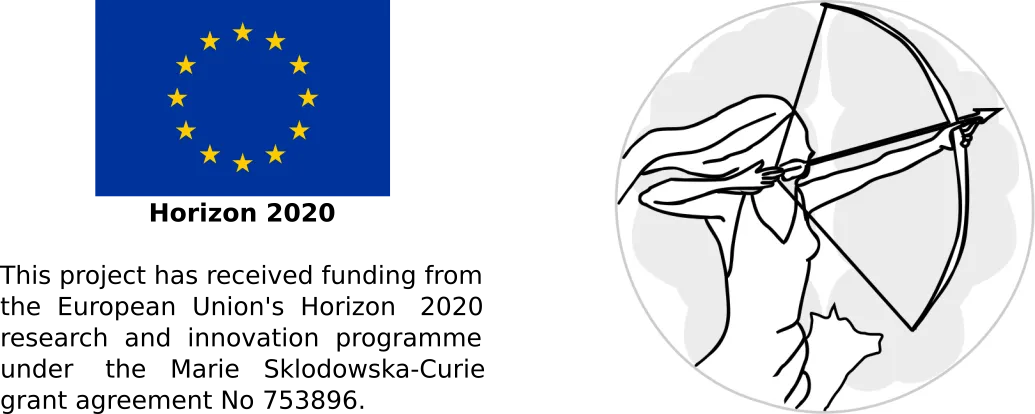
Stroke and cognitive decline are among the leading contributors to disease burden and long-term disability worldwide. However, despite their prevalence, the contributing disease processes are not fully understood. This is in part due to the lack of (early) prediction models and ways to characterise protective mechanisms, which can help to distinguish between patients and healthy controls before symptoms show. Such prediction models can facilitate prevention strategies for adverse cognitive and functional outcomes, thereby enriching patients’ life quality and reduce the economic burden on society. Advanced neuroimaging techniques such as MRI have provided additional insight into the underlying disease biology. One major challenge when using neuroimaging techniques lies in the fact that large amounts of data are required to account for variations in clinical presentation and assessment, necessitating the use of dedicated pipelines for extracting phenotypes. However, most pipelines are developed in research settings and tend to fail when applied to clinical cohorts, leading to a subpar use of rich, available datasets.
Here, a fully-automated, translational pipeline for extracting imaging phenotypes from data acquired in clinical and research settings is developed with a particular focus on outlining white matter hyperintensities (WMH). WMH are a common phenotype in aging and across diseases, however, group differences are poorly understood. This makes WMH a prime candidate for extracting additional information, which can be used for outcome prediction. The proposed prediction models in this project utilize newly extracted characteristics, clinical/demographic information and a latent variable construct to predict general cognitive decline and outcome after stroke. In particular, the proposed latent variable has shown promise in acting as a surrogate measure for protective mechanisms in stroke patients, where its biological meaning is assessed as part of this project.
The time-line for the project is summarized as shown in the graphic below. It is a collaboration between the Rost group at the JPK Stroke Research Center at Massachusetts General Hospital, and the German Centre for Neurodegenerative Diseases.
